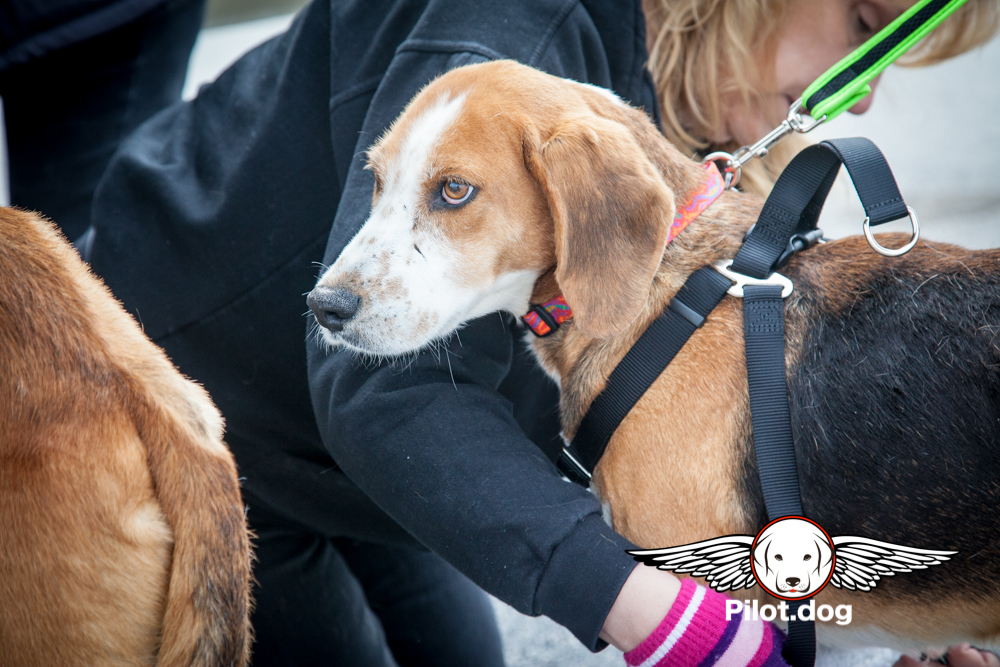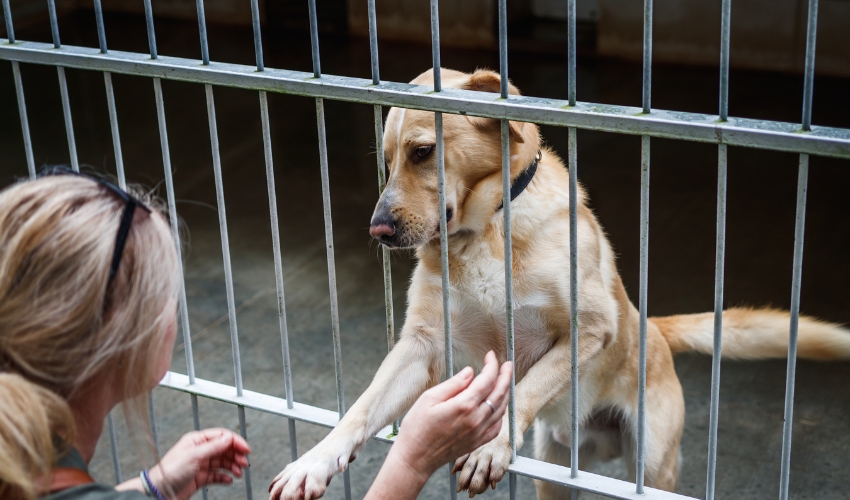Question
Dear Steve,
I’d love to fly animals to help Doobert but I’m worried about having a dog get loose on me and losing it.
Charles
Answer
Charles,
Thank you so much for sending me in your question.
Just yesterday I was having lunch with a pilot who has flown about 1,000 dog rescue missions and we were talking about this particular subject. He shared a number of stories where pilots had lost dogs during a transport. In his early days even he had one or two get away.
Most of the stories involve a pilot turning their back on a docile dog, only to turn around and see the dog running away like a sprinter. Others involve a dog with a collar on it that seems to be secure, and then the dog does a Houdini, backs away, and slides its neck right out of the collar. Then there are the tales of the pilot who opened the door on a crate or airplane, only to have the dog bolt through the smallest gap.
The number of dogs that get loose is very small but when it happens to you, it is traumatic. Some of the dogs have never been found again and others have been successfully recaptured and continued their journey, then or at a later date.
As a dog rescue pilot myself I can certainly understand the concern. When my wife and I fly dogs we take a belt and suspenders approach to keeping the dogs from slipping out. For example, instead of just using a collar, we typically carry a range of harnesses with us to fit small, medium, and large dogs. These harnesses are darn near impossible to slip out of. A standard neck collar is a lot easier to sneak out of.
Here is a picture of Pam putting on the harness after we met a dog for one of our flights. As you can see, even though the dog has on a neck collar already, we still put the harness on.

Here is a closer look.

For animals that are smaller like cats, if they are in a carrier, the safest bet is to leave them in the carrier while they are in your care.
If you are going to take the animal out of the carrier, I would strongly suggest a harness and to put the harness on the animal before removing it from the carrier. For example, open the carrier door just enough to reach in and attach the harness. You can use the door as a barrier.
Harnesses are available for cats and other small animals as well. You can even get them for a hamster. Who knew?
But there is a word of caution when it comes to using a harness. On one flight we met a dog who looked in distress when the rescue volunteer handed her to us in a harness. She was having a tough time breathing and looked like she was in medical trouble. But on closer inspection, the harness was just way too tight. Once we loosened the harness, the dog was fine. So make sure you put the harness on so it is not restricting the animal. If you don’t make sure it fits, things will begin to get really bad once you reach your cruising altitude if it’s too tight.
It might be a overkill but when my wife, our inflight volunteer, and I transport dogs not in crates, which is most of the time, the dogs harnesses are secured to the seatbelt secure points using an extender and if we are holding the leash, it is slipped over our hand.
While I offer all this advice as a suggestion, you are free to utilize whatever strategy you want that works for you. What I can safely say is that using this proactive approach, we’ve never had a dog get away from us, yet.
Steve Rhode
Dog Rescue Pilot
Pilot.dog
Ask a Question
If you have an aviation question you’d like to ask, just click here.










